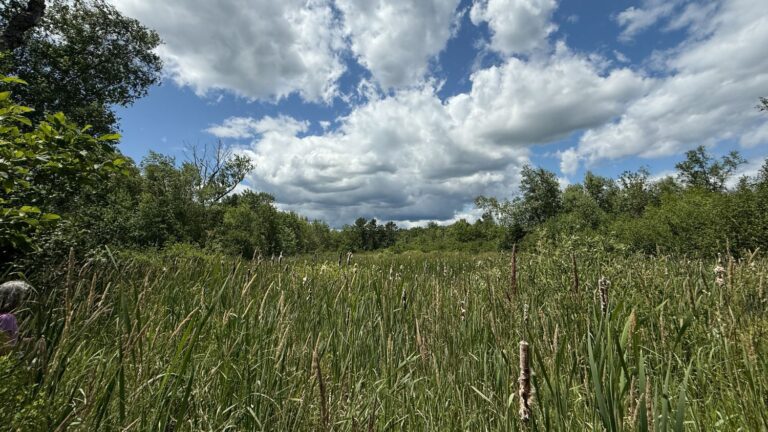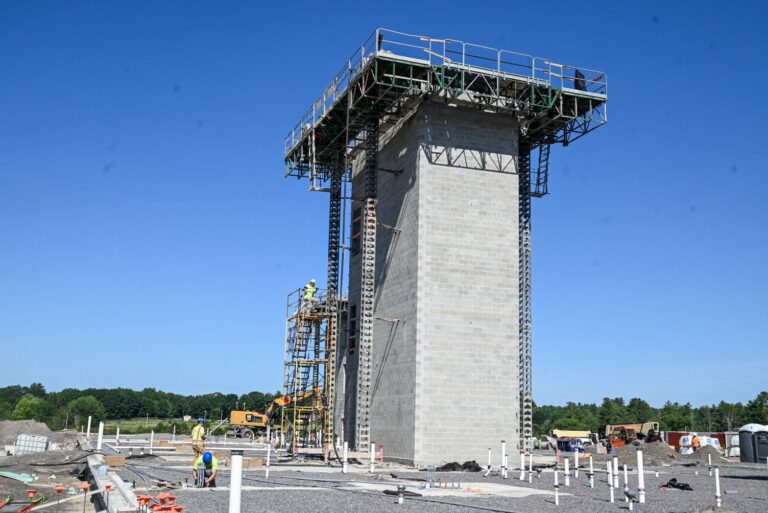COLUMBIA FALLS — Nearly two years after announcing the plans, Worcester Resources is abandoning its proposal to build a billion-dollar park centered around the world’s tallest flagpole in the woods of Washington County, according to the company’s attorney, Tim Pease.
“The status is they are no longer proposing that project as envisioned,” said Pease.
The company would “no longer be pursuing the plan anywhere,” said Pease, adding that “They are looking to the future and other ways to honor veterans.”
Pease said he did not know the reason for the company’s change of heart. But the news came as residents in the tiny hamlet of Columbia Falls are set to vote in March on a new Code of Ordinances that would prohibit large-scale development like the proposed 2,500-acre park.
The Worcester family, which is behind the plans and also runs the nonprofit Wreaths Across America, wanted to build the park on land under the jurisdiction of the state Land Use Planning Commission, which oversees planning and zoning in the unorganized territories.
But rather than begin the permitting process with the LUPC, the family sought to remove the land from the commission’s oversight by incorporating 10,400 acres via annexation into Columbia Falls, where zoning is far less stringent.
If residents had voted to incorporate the land, the project would have avoided time-consuming and rigorous review by state regulators. It would also have placed nearly all the planning responsibility on the town of Columbia Falls, population 476.
Residents in the tiny Downeast town have yet to vote on annexing the land, opting first to pause large-scale development and hire an attorney to help overhaul their land use ordinances.
If voters adopt the new Code of Ordinances in March, they would then have to approve annexation and amend the new code in order for the Worcester’s proposed project to go forward.
“The Code is structured to prohibit the Flagpole of Freedom project until such time that the voters of Columbia Falls vote to allow the annexation,” said Aga Dixon, the attorney for the town, in an information sheet outlining the draft ordinances.
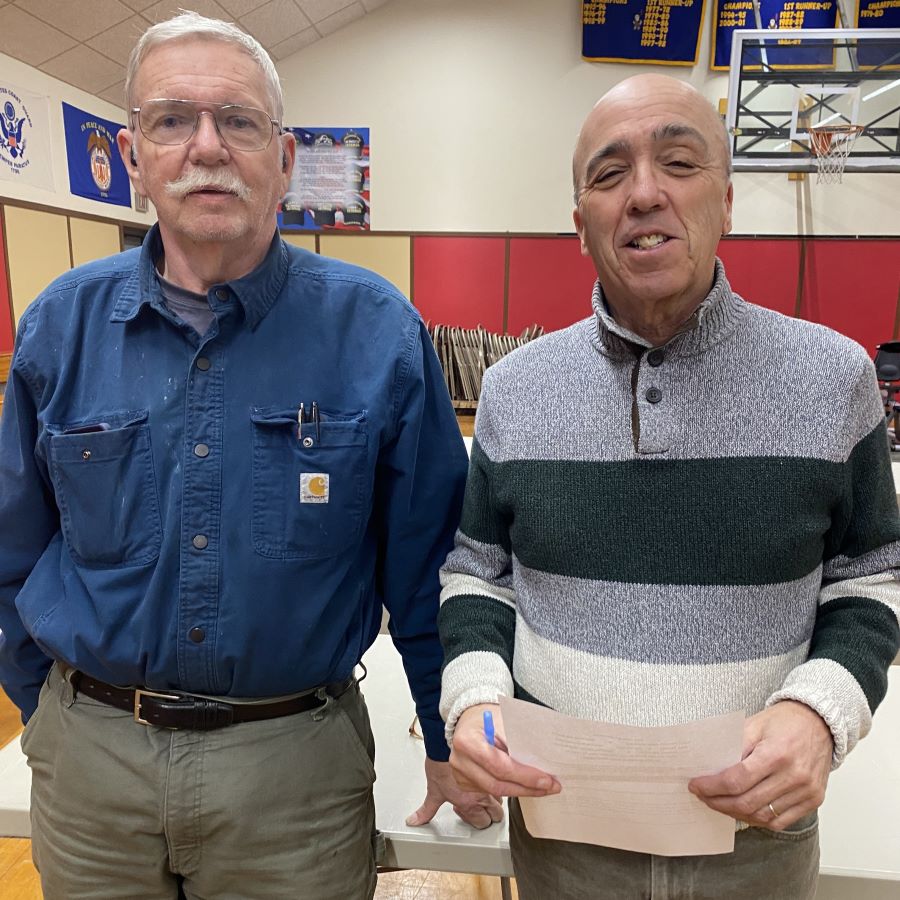
Town officials said it was clear when the park was proposed that Columbia Falls was not prepared to address industrial scale projects.
In a 2022 interview with the Monitor, the project was described by Rob Worcester, park co-founder and son of Worcester Wreath Co. owner Morrill Worcester, as “part national monument, part historical adventure, part immersive museum and part architectural wonder” that would include eight miles of loop roads, six miles of gondolas, several villages, campgrounds, a hotel, theater, restaurants and shops.
The centerpiece would have been a 1,461-foot observation tower and flagpole with a spire taller than the Empire State Building, standing 1,776 feet above sea level.
The pole would have carried an American flag larger than a football field. Worcester said the company expected the attractions to bring 6 million annual visitors to far-flung Washington County and employ 5,000 people, most in year-round jobs.
The Worcesters said they planned to fund the project in part by selling memberships for $660 to $1,800, money the family said last year they planned on returning to donors after not meeting initial fundraising goals.
The company planned to open the first phase by July 4, 2026, the 250th anniversary of the Declaration of Independence. The intent, said Worcester, was to honor all the deceased American veterans who have served since the Revolutionary War.
But Pease, the Worcester’s attorney, said the family got pushback from veterans and donors because of the for-profit structure.
“We have had a number of veterans organizations that we approached to invest in the project from the beginning push back due to the ‘for-profit’ financial structure of the park,” Pease told The Quoddy Tides. “The ‘for-profit’ plan was a shock to the veterans groups and has caused us to slow things down.”
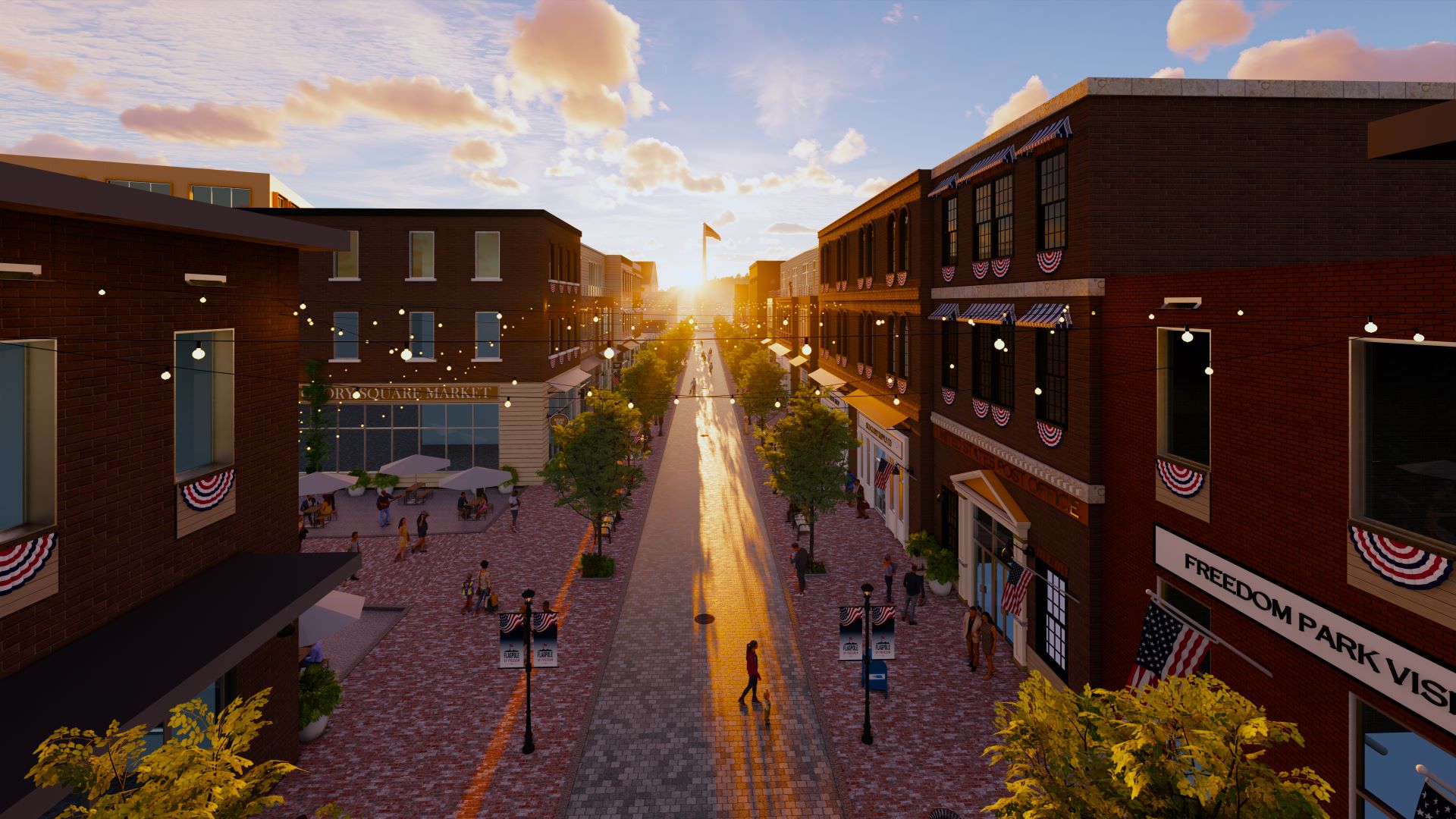
Worcester said if a majority of voters did not want the project, the company would take the plans elsewhere.
“Our project will move forward, and either the state or another municipality will reap the social, tax and economic benefits should Columbia Falls choose not to support the annexation,” Worcester said in October 2022 at a meeting in Columbia Falls.
Right after the initial pause on development was approved in March of last year, Columbia Falls officials got to work.
For months the town’s planning and select boards met jointly virtually every week — often twice a week, with their attorney and a planner — to draft land use ordinances and districts.
Dixon, the town’s attorney, said rarely has she seen the time and commitment the two three-member boards devoted to the task.
Columbia Falls’ current land use ordinance, adopted in 1999, is just 15 pages and resembles that of many small towns, giving property owners broad latitude over what to do with their land.
Most of the regulations are a single sentence. The draft of the new ordinance code is 146 pages.
“They so care about this community and they want to do the right thing,” said Dixon, who has worked on statewide land use issues for decades. “We developed a trusting, working relationship in collaboration and coordination with the same goal, which is ultimately to protect the town of Columbia Falls.”
Dixon said the draft ordinances leave most town regulations unchanged, but ensure decisions about large developments are in the hands of the voters.
At a Jan. 20 public forum on the draft ordinance, about 15 people braved the coldest day this winter to hear details about the proposed ordinances.
“You can thank Morrill Worcester or you can curse Morrill Worcester,” said Richard Bedard, a local real estate broker, referring to what prompted the changes to the ordinance. “Who is going to be responsible for administering this code?”
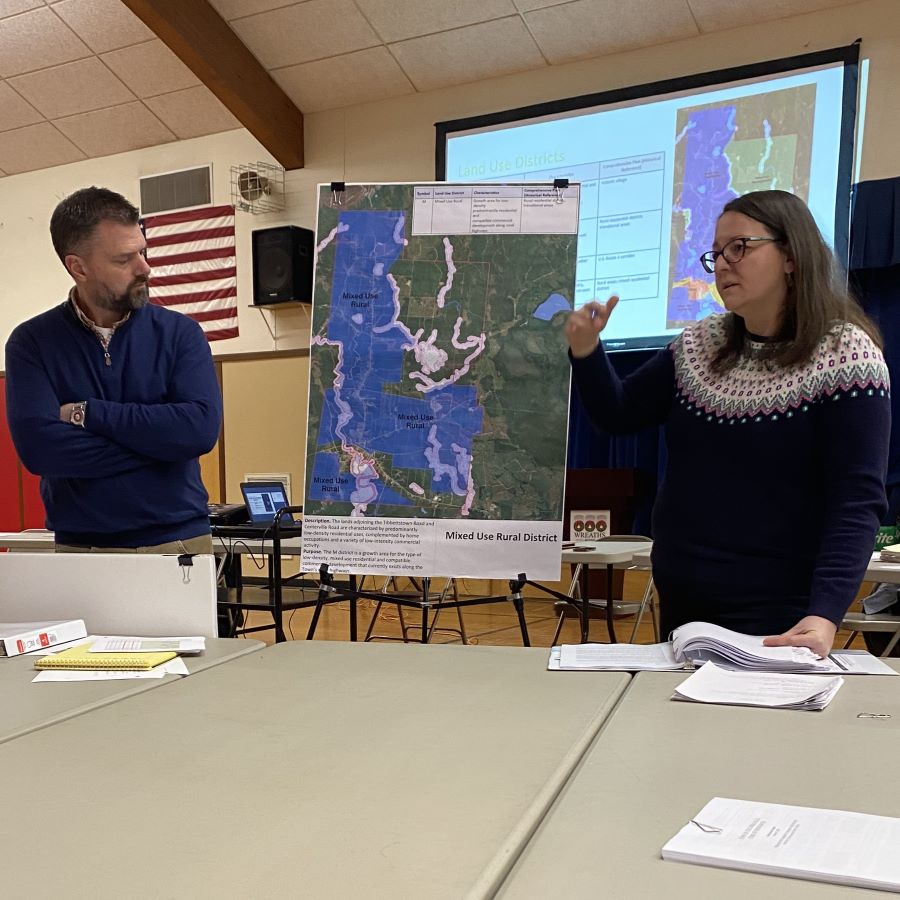
The Planning Board said they would be the first step. The town is also assembling a Board of Appeals.
Others at the meeting worried about their freedom to build what they want on their land. Dixon pointed out that certain areas of the town traditionally assigned uses and the proposed districts reflect that.
Clear boundaries protect everyone, said Dixon. “My father used to say, ‘your right to throw fish in the air is unfettered until it hits my nose.’ ”
Noel Musson of The Musson Group, which helped develop the ordinances, said the goal in planning the districts is to mirror what the community wants.
“This exercise fundamentally consolidates what the town already has, which is a pretty strong framework,” he said. “The starting point is taking the time to work with the community to figure out what are their objectives, what are they working on, and where do boundaries make sense.”
The proposed Code of Ordinances for Columbia Falls creates four land use districts that reflect current land use in town. Residential and commercial uses are allowed everywhere, but certain large scale or “incompatible” land uses are banned.
The document also restricts the size of solar facilities, clarifies the process for project approval, has specific dimensional standards for all forms of development and creates a conditional use review for high impact and large-scale development proposals.
It adds performance guarantees for site improvements and decommissioning to protect taxpayers from future expense of development, and grandfathers existing uses, structures and lots.
Once adopted, Musson said, the land use ordinances can be adapted as needed. “It’s a living document.”





